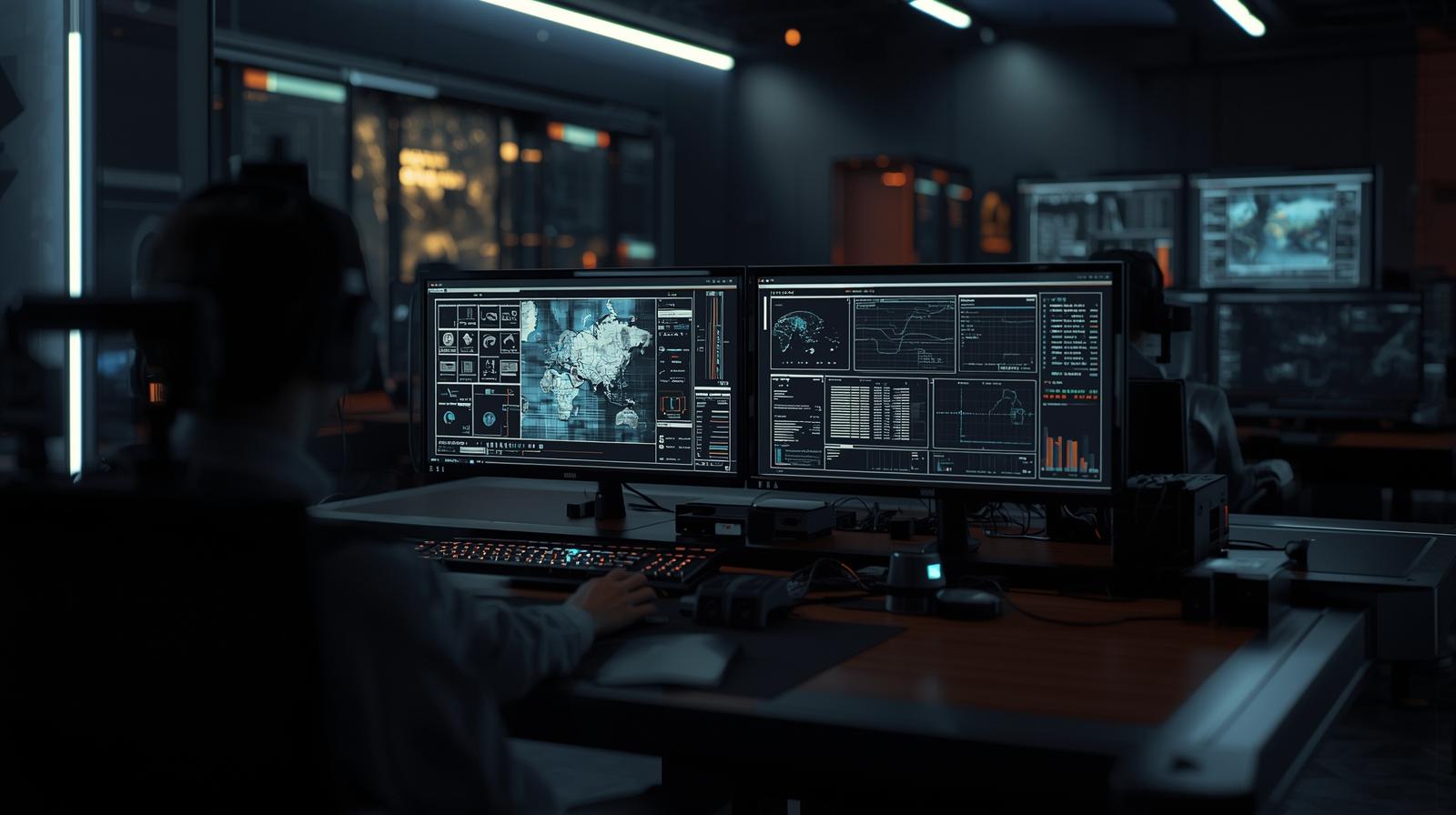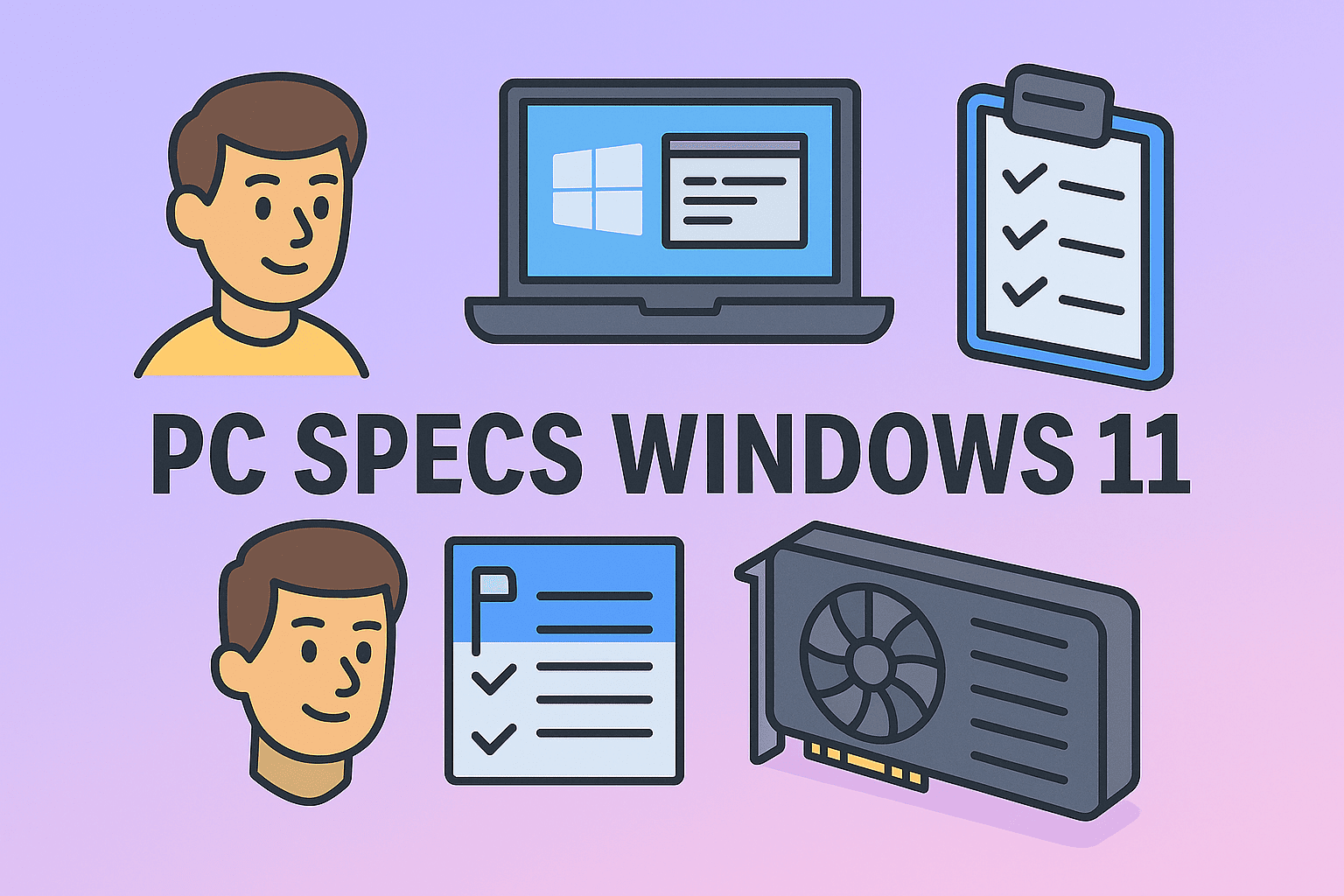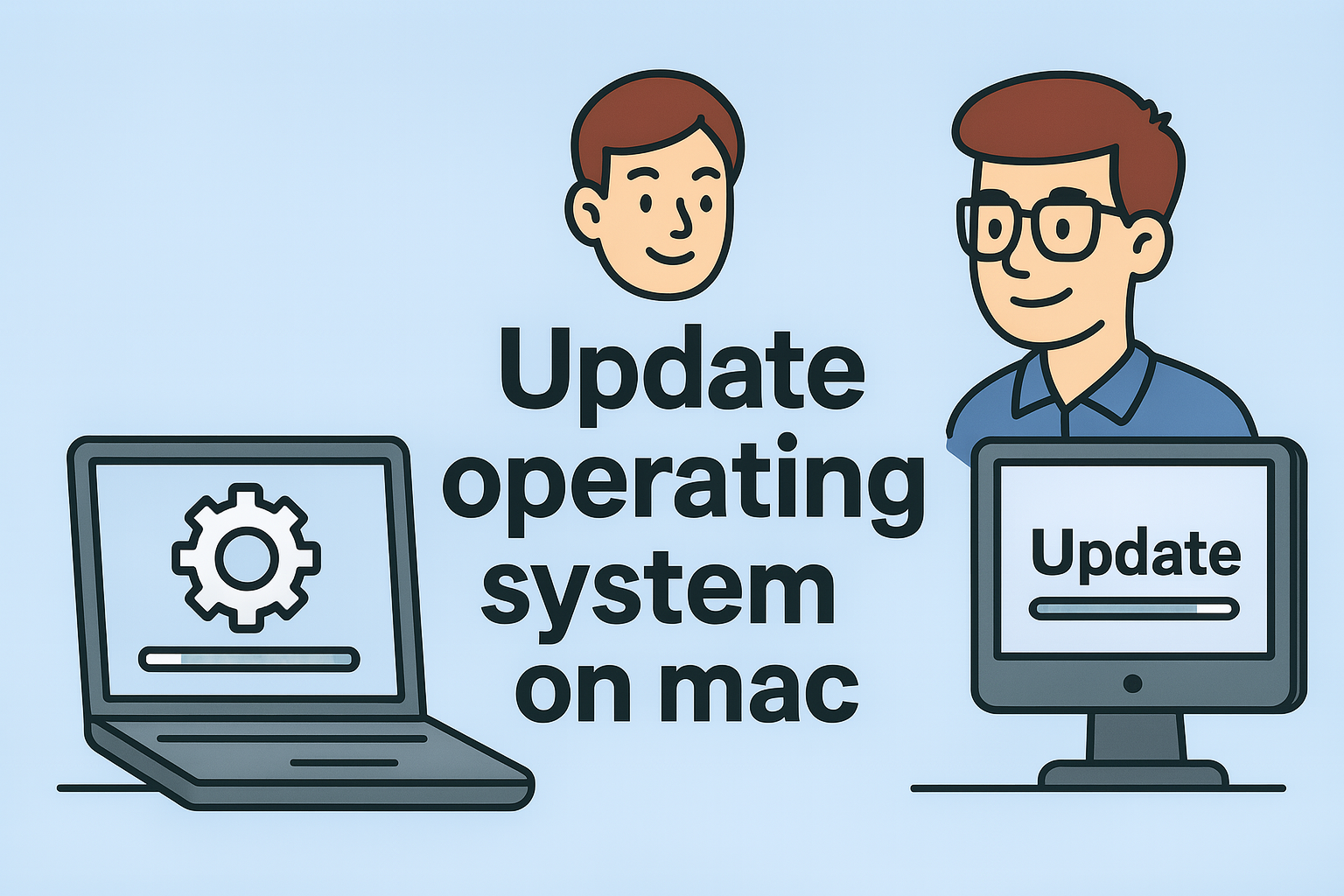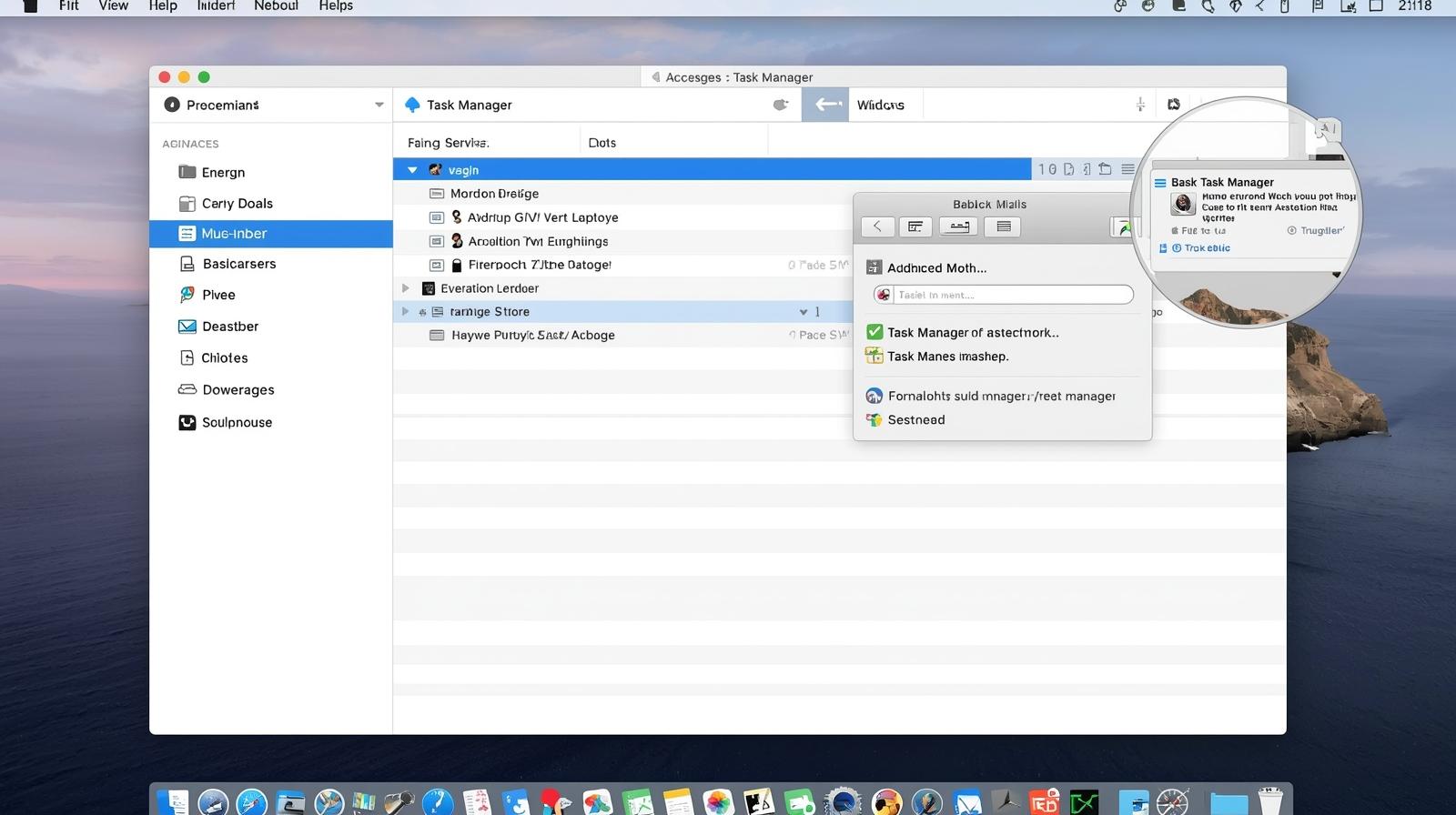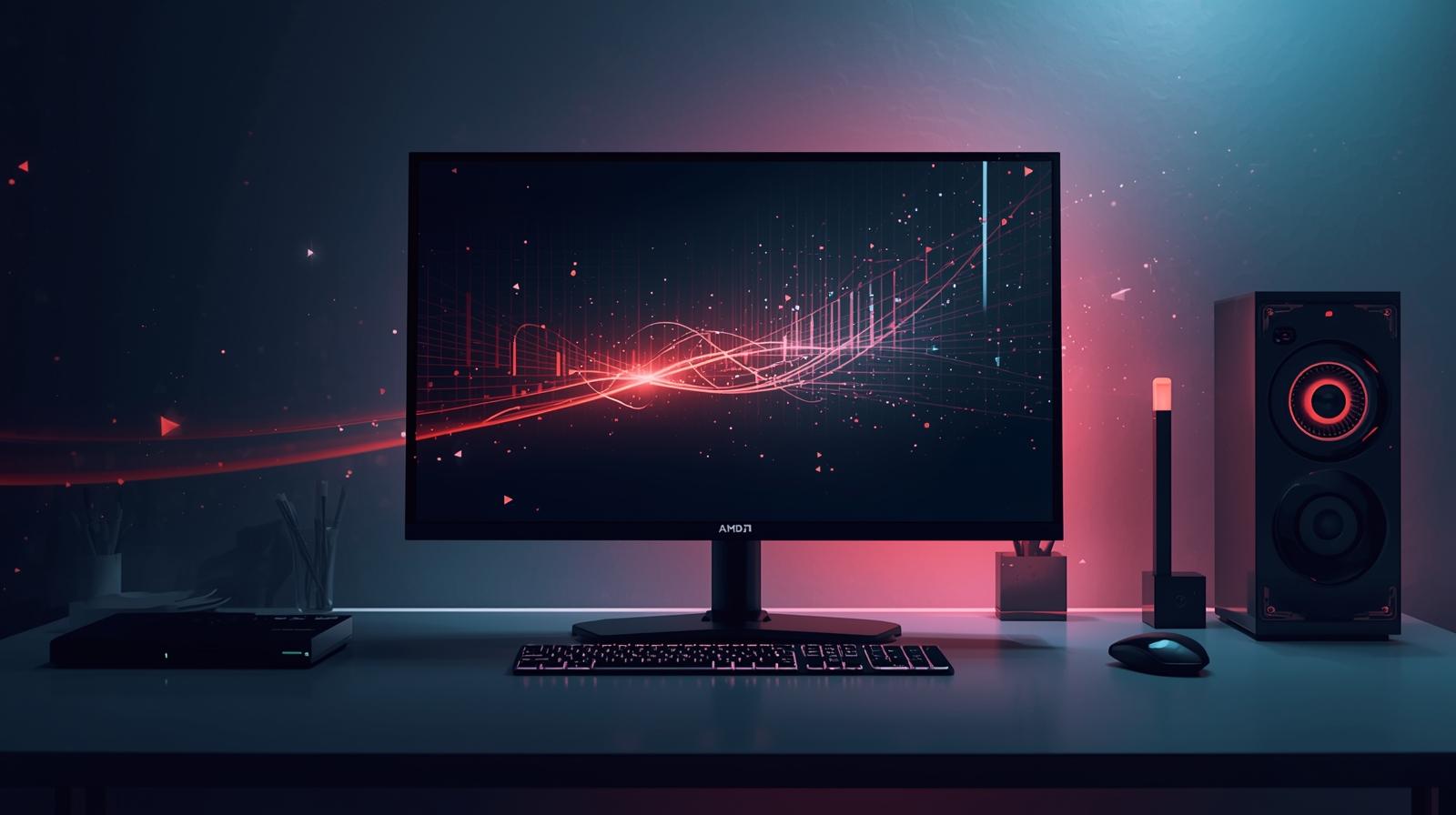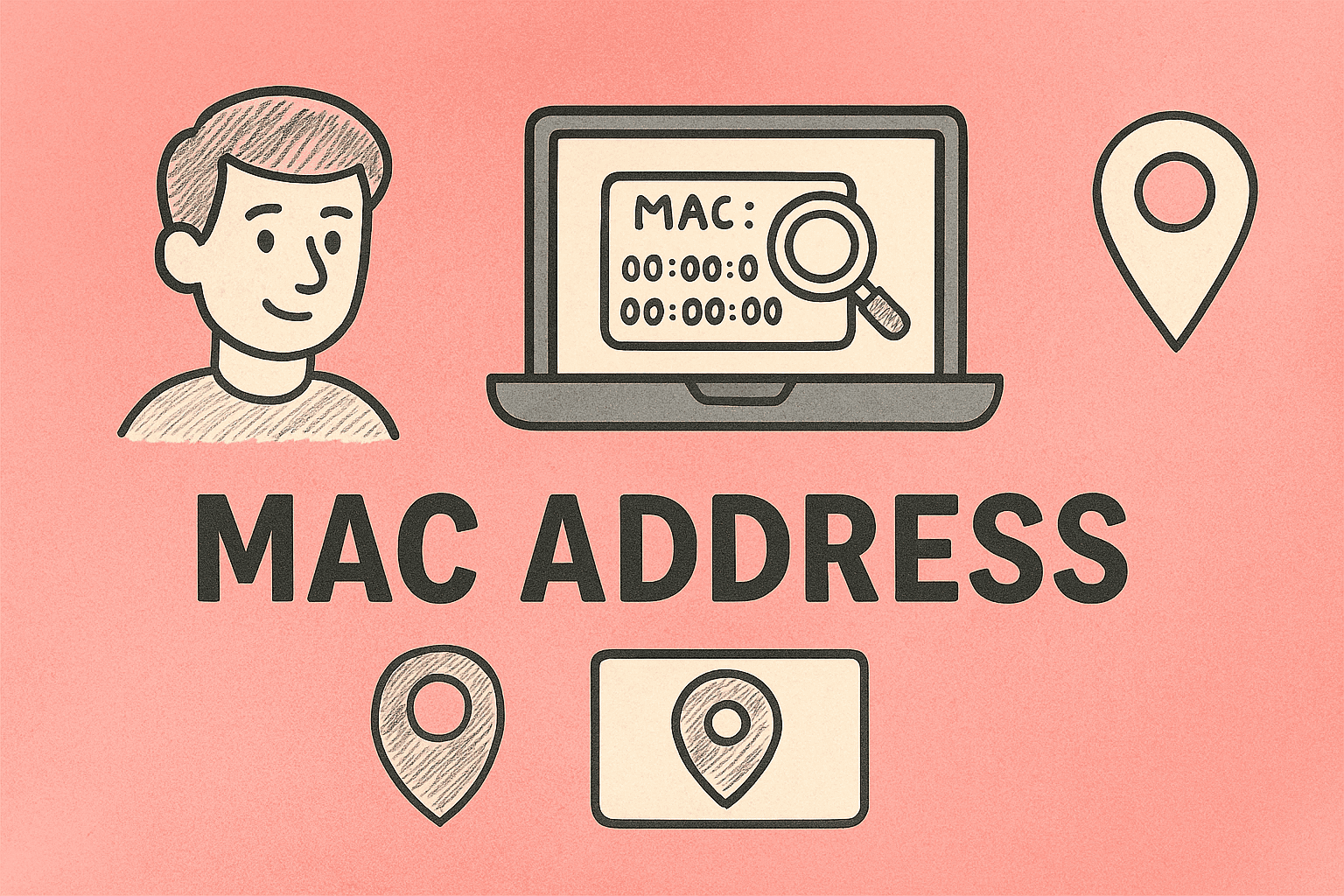Checking Your GPU Made Simple for Professionals and Everyday Users
Updated on September 5, 2025, by ITarian
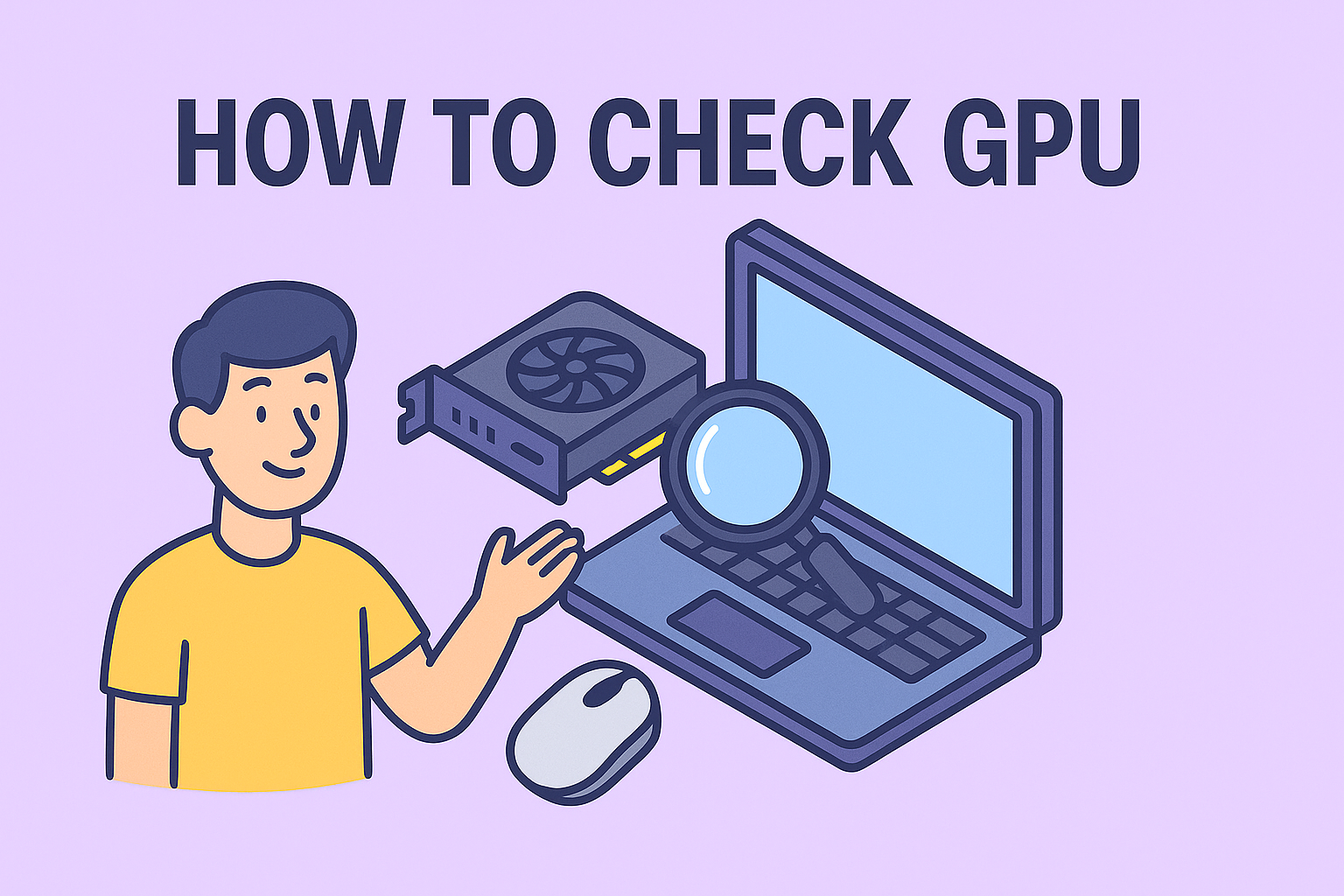
If you’ve ever asked yourself, “how to check GPU”, you’re not alone. Whether you’re a gamer ensuring your system meets requirements, an IT manager overseeing performance, or a cybersecurity professional verifying hardware integrity, knowing your GPU details is critical. The Graphics Processing Unit (GPU) powers everything from high-end gaming visuals to rendering and AI-driven workloads.
In this article, we’ll explore multiple ways to check your GPU across Windows, Mac, and Linux. You’ll learn about built-in tools, command-line methods, and third-party applications to monitor performance, troubleshoot issues, and ensure security compliance.
Why Checking Your GPU Matters
1. Performance Verification
Before running demanding applications, you need to confirm whether your GPU meets minimum requirements.
2. Troubleshooting
A failing or overheating GPU often causes display crashes, artifacts, or system instability.
3. Cybersecurity Relevance
Attackers can exploit GPU drivers and vulnerabilities. Knowing GPU details helps ensure patches and updates are applied.
4. Business Continuity
For IT and security leaders, monitoring GPUs across devices ensures optimal productivity and compliance.
How to Check GPU on Windows
Windows offers several ways to check GPU details quickly.
1. Task Manager
- Right-click the taskbar → Select Task Manager.
- Navigate to the Performance tab.
- Select GPU to view name, memory, and usage stats.
This is the fastest built-in option for most users.
2. DirectX Diagnostic Tool (DxDiag)
- Press Win + R → Type dxdiag → Enter.
- Open the Display tab.
- GPU details, drivers, and memory usage appear here.
3. Device Manager
- Press Win + X → Select Device Manager.
- Expand Display Adapters.
- The GPU model(s) will be listed.
4. Command Prompt
Run the following:
wmic path win32_VideoController get name
This instantly shows the GPU name.
How to Check GPU on Mac
1. About This Mac
- Click the Apple logo.
- Select About This Mac.
- Under Graphics, view GPU details.
2. System Information
- Open Applications > Utilities > System Information.
- Select Graphics/Displays.
This shows GPU model, VRAM, and display connections.
3. Terminal Command
Run:
system_profiler SPDisplaysDataType
Ideal for IT professionals managing multiple Macs.
How to Check GPU on Linux
1. lspci Command
Run:
lspci | grep -i vga
This identifies GPU hardware.
2. glxinfo
Install Mesa utilities, then run:
glxinfo | grep “OpenGL renderer”
This reveals active GPU driver info.
3. NVIDIA/AMD Utilities
NVIDIA-SMI:
nvidia-smi
- Displays GPU usage, temperature, and processes.
- radeontop: For AMD cards.
Checking GPU Usage and Performance
1. Windows Performance Monitor
Tracks long-term GPU utilization trends.
2. macOS Activity Monitor
- Go to Applications > Utilities > Activity Monitor.
- Select Window → GPU History.
3. Linux Monitoring Tools
- htop with GPU extensions.
- nvtop for NVIDIA GPU usage.
Third-Party Tools for Professionals
While built-in tools are great, third-party applications offer advanced insights.
- GPU-Z (Windows): Lightweight, detailed GPU information.
- HWMonitor: Monitors GPU, CPU, and temperature.
- Open Hardware Monitor: Multi-system tracking.
- MSI Afterburner: Useful for performance testing and overclocking.
Common GPU Issues You May Find
1. Overheating
Symptoms: Black screens, artifacts.
Solution: Clean fans, improve airflow, or replace thermal paste.
2. Driver Problems
Symptoms: Frequent crashes or poor performance.
Solution: Update drivers via NVIDIA, AMD, or Intel’s official websites.
3. Compatibility
Older GPUs may not support new software or Windows updates.
4. Cybersecurity Risks
Unpatched GPU drivers may allow exploits. Always apply security updates.
Enterprise-Level GPU Monitoring
For IT managers, GPU monitoring across an organization is essential.
- Endpoint Management Tools (like Itarian, Intune, SCCM).
- Centralized Dashboards for hardware compliance.
- Alerts for overheating or hardware failures.
Best Practices for Secure GPU Management
- Keep Drivers Updated
Outdated drivers leave vulnerabilities open. - Use Official Sources
Avoid downloading GPU drivers from third-party websites. - Schedule Regular Checks
Implement policies for quarterly GPU hardware verification. - Integrate with SIEM
Log GPU activity for anomaly detection in cybersecurity environments.
FAQs on How to Check GPU
Q1: How do I check my GPU without downloading software?
A: Use built-in tools like Task Manager (Windows) or About This Mac.
Q2: Can I check GPU remotely?
A: Yes, IT teams can use PowerShell, SSH, or endpoint management platforms.
Q3: How do I know if my GPU is failing?
A: Look for artifacts, overheating, or crashes during graphics-intensive tasks.
Q4: What’s the difference between integrated and dedicated GPUs?
A: Integrated GPUs share memory with the CPU, while dedicated GPUs have separate VRAM for better performance.
Q5: Is GPU info important for cybersecurity?
A: Yes, ensuring updated drivers helps prevent exploits and malware leveraging GPU vulnerabilities.
Conclusion
Knowing how to check GPU is vital whether you’re an IT manager, cybersecurity leader, or a user ensuring your system runs smoothly. From Task Manager in Windows to Terminal in macOS and Linux, there are multiple quick ways to verify GPU details. For enterprises, integrating GPU monitoring into security and compliance processes ensures resilience against both hardware failures and cyber threats.
Start managing your IT infrastructure smarter. Sign up free with Itarian and simplify endpoint visibility, monitoring, and security.

